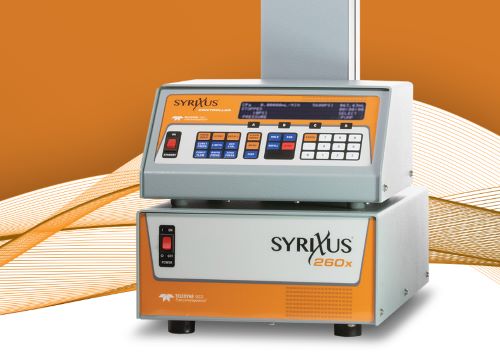

Syringe pumps are vital in research environments due to their ability to accurately regulate fluid delivery—an essential function for administering drugs and conducting experiments with precision and reliability. This article aims to provide comprehensive guidance on utilizing syringe pumps to achieve precise and dependable outcomes.
Selecting the Appropriate Syringe Pump
Choosing the right syringe pump tailored to your specific requirements marks a crucial step toward the optimal utilization of this important equipment. Key considerations include the range of flow rates it offers, its ability to accommodate various syringe sizes, and its compatibility with different types of fluids being dispensed. Understanding these factors aids in arriving at a well-thought-out choice that aligns with the operational needs at hand. You can find good quality ones at stores like https://www.teledynelabs.com/products/pumps/syringe.
Making Sure Everything is Set Up Correctly
Ensuring that the syringe pump is set up correctly is crucial for it to function at its full capacity. Begin by securely attaching the syringe to the pump and making sure there are no air bubbles trapped inside it. Then, follow the manufacturer’s guidelines to calibrate the device. Calibration guarantees that the pump dispenses fluids at the desired speed accurately, which helps maintain precision. Consistently examining the equipment for potential issues, such as wear and tear, can help avoid breakdowns and ensure seamless operation.
Setting Up the Device with Precision
It’s important to set up syringe pumps carefully to achieve the required flow rates! Make sure to enter all the necessary details, including the flow rate and time duration, before you start pumping to avoid any mistakes. Before getting started with the pump operation itself, it is always a good idea to review the user manual. This document can provide valuable tips and tricks for using the device effectively, as well as guidance on troubleshooting common problems that may arise along the way.
Watching the Flow of Liquids
Regularly checking the levels and flow in the syringe pump is essential to ensure proper functioning and to catch any issues, such as fluctuations or interruptions in fluid delivery. It’s important to pause the pump if any irregularities arise and address them promptly to avoid complications and maintain smooth operation. Keeping a detailed record of the delivery process can help monitor performance over time, allowing you to identify any trends that may require adjustments.
Ensuring Cleanliness and Sterility
Maintaining the cleanliness and sterility of syringe pumps like water pipes is crucial in research and medical environments. This guarantees the safety of patients and the accuracy of research outcomes by preventing contamination through diligent device maintenance. Using sterile equipment and fluids minimizes infection risks and errors, benefiting both users and recipients alike.
Addressing Problems
While handling syringe pumps diligently is essential for their optimal performance, sometimes issues may arise that require troubleshooting. Common problems can include syringes getting blocked, inconsistent flow rates, and mechanical malfunctions. Clearing any blockages requires careful inspection of both the syringe and tubing for obstructions, which should be removed gently. Correcting flow rate issues might involve recalibrating the system or replacing worn-out parts. In some cases, professional servicing is necessary to rectify failures and ensure the equipment functions correctly once again.
Getting Acquainted: Familiarization and Training
It’s crucial to receive proper training to use syringe pumps effectively. Users must attend training sessions to grasp how to operate the devices and handle maintenance and troubleshooting tasks efficiently. Practical experience boosts confidence and enables users to manage the pumps effectively. Taking refresher courses is beneficial for staying informed about new developments and adhering to best practices in fluid delivery.
Summary
Syringe pumps play a vital role in research and medical industries by providing accurate control over fluid delivery processes. To make the most of these tools, carefully select the appropriate pump model, set it up correctly, program it accurately, keep track of the delivery process, maintain cleanliness, and address any troubleshooting problems that arise. Furthermore, receiving comprehensive training will enhance your expertise. Following these guidelines improves the dependability and precision of syringe pumps, leading to significantly improved results in research settings and clinical applications.


